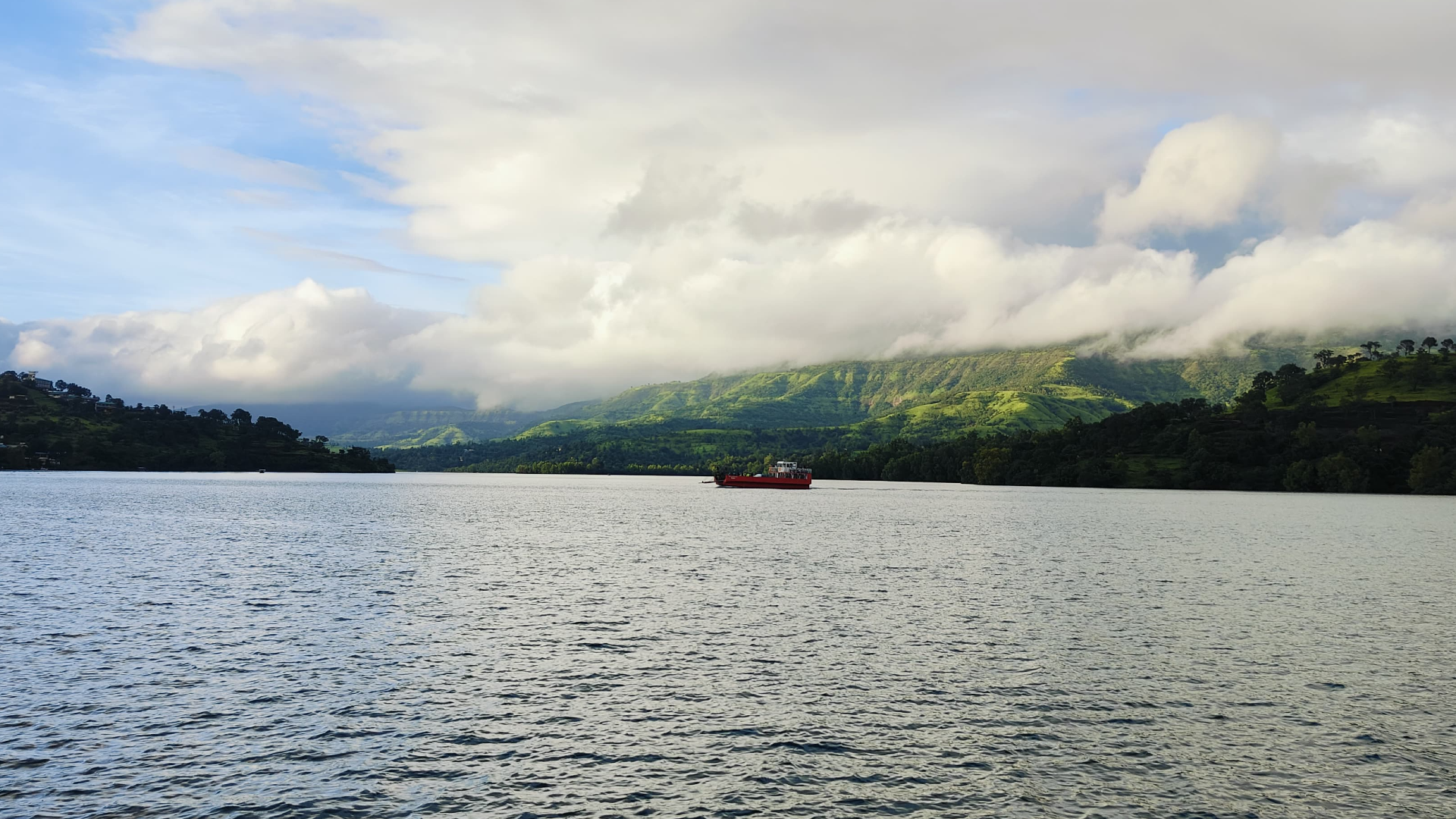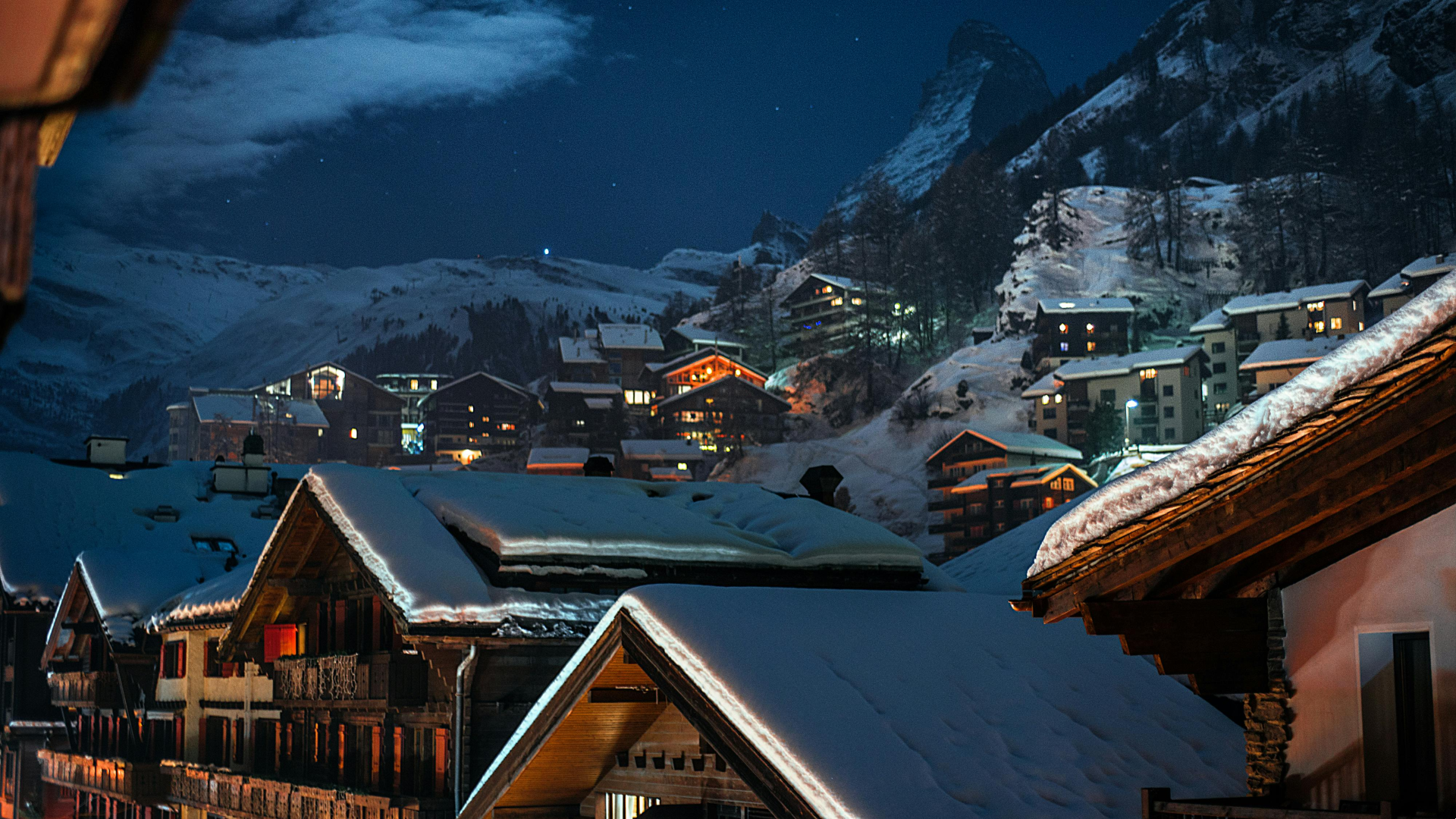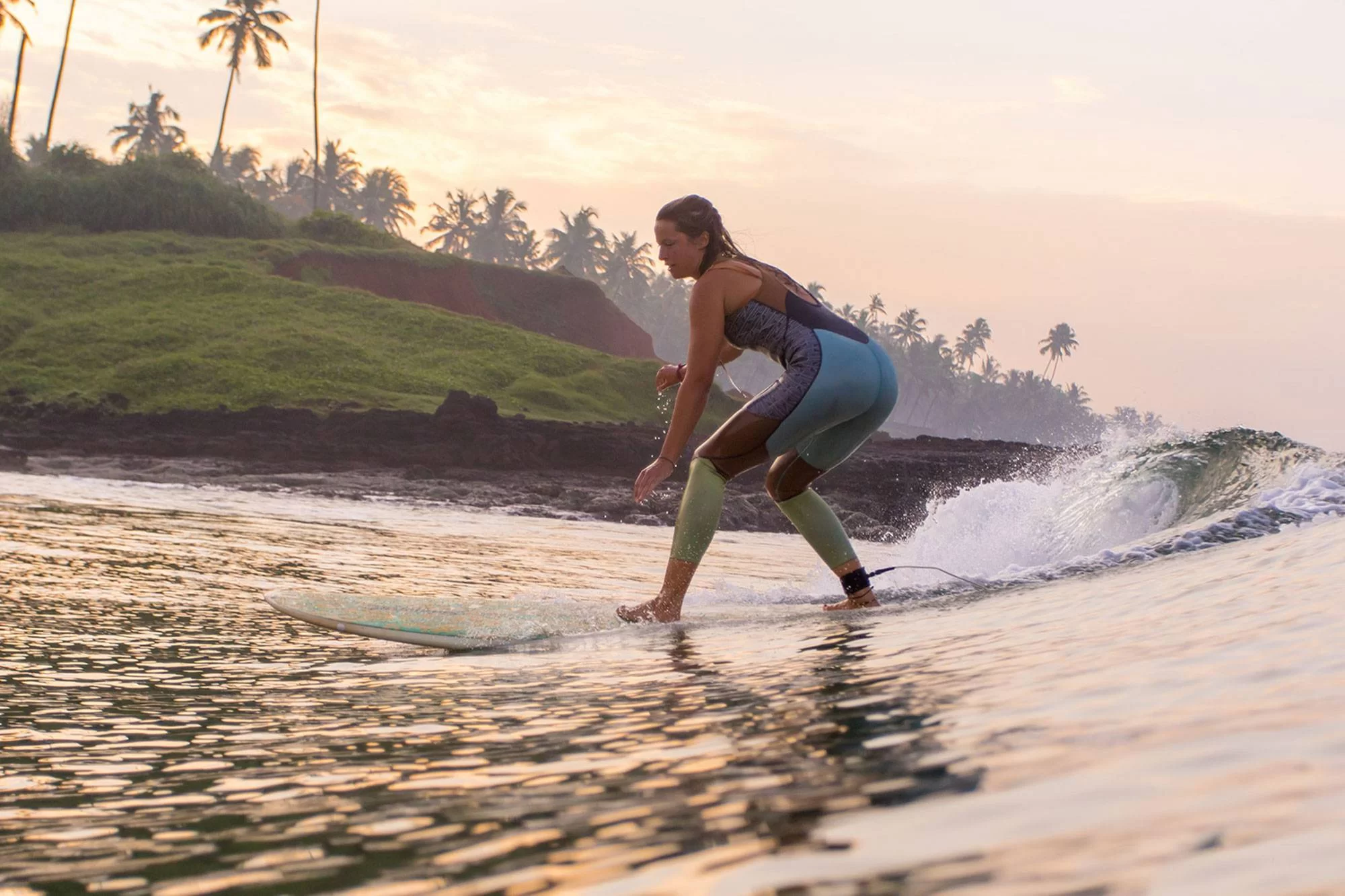Rich in history, culture, and natural beauty, Sri Lanka is the Pearl of the Indian Ocean. Sri Lanka has something to offer everyone, regardless of your interests—history, adventure, or environment. These are the 11 best places to visit in Sri Lanka that you shoul not miss.
Planning to visit Sri Lanka?
- Booking Hotels: Booking.com, Agoda, MakeMyTrip and Hostelworld.
- Booking Cheap Flights: Skyscanner and Cheapflights.
- Booking Tours: Viator and GetYourGuide.
- Renting a Car: Discover Cars.
- Travel Insurance: Heymondo. Get 5% off today!
Let’s explore the best places to visit in Sri Lanka.
1. Sigiriya Rock Fortress

One of the most famous sites in Sri Lanka, Sigiriya Rock Fortress is a stunning UNESCO World Heritage Site. Built by King Kashyapa in the fifth century, this old rock castle is rising magnificently 200 meters above the nearby lowlands. Extensive archeological remains on the site include royal gardens, water reservoirs, frescoes, and a well-preserved fortification at the top. The well-known Lion’s Paw entryway, where massive carved lion paws protect the climb to the upper floors, is among Sigiriya’s most intriguing aspects.
Thought to show celestial maidens, the frescoes provide the ascent artistic and historical appeal. Offering amazing views of the verdant green trees and communities below, the panoramic views from the top make the difficult trek worthy. For those with an eye for history, art, and adventure, Sigiriya is an unmatched experience and evidence of Sri Lanka’s building genius.
Check out the best time to visit Sri Lanka
Highlights:
Lion’s Paw Entrance: One of the most recognisable sights of Sigiriya are the enormous lion’s paws protecting the entrance.
Beautiful old artwork covering the rock face show angelic maidens.
Covering inscriptions and poetry penned by guests throughout the years, an antique wall reflecting the surroundings is known as mirror wall.
The top provides expansive views of the rich jungles, lakes, and far-off mountains from panoramic perspective.
Location: Sigiriya, in Central Province.
How to Reach There:
From Colombo, a 4.5-hour trip via Kandy or Dambulla.
Dambulla, thirty-minute drive, is the closest city.
Public transportation: From Dambulla, ride a train or bus; then, from Sigiriya, a tuk-tuk.
Price:
Foreigners: $30 USD
SAARC nationals: $15 USD
LKR 100 local visitors
Best Visit Time:
December to April (ideal for climbing and photography, dry season)
Early in morning or late afternoon to escape the heat
2. Ella and Little Adam’s Peak
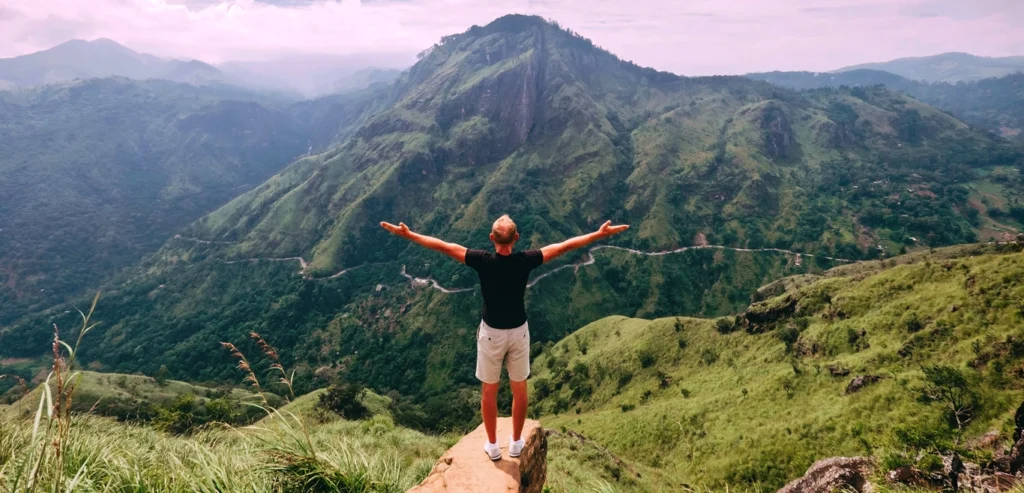
Nestled in the hill hills of Sri Lanka, Ella is a little town known for its calm environment, rolling tea estates, and amazing scenery. Offering several hiking paths, breathtaking waterfalls, and vivid vegetation, it is a heaven for both adventure enthusiasts and environmentalists. Little Adam’s Peak, a quite straightforward ascent with panoramic views of the nearby mountains and valleys, is among the most well-liked paths in Ella.
Beginning at all fitness levels, the climb takes roughly thirty to forty-five minutes and is a fantastic choice for novices. Travellers can also visit the well-known Nine Arches Bridge, an amazing architectural wonder tucked away in deep forests, while seeing Ella.
Built during the British colonial era, the bridge is most appreciated when a train passes, therefore producing a picture-perfect scenario. For those wishing to see the stunning highlands of Sri Lanka, Ella is an irresistible destination with its mild temperature, laid-back atmosphere and profusion of natural beauty.
Check out the best Sri Lankan food guide
Highlights:
Little Adam’s Peak Hike: Relatively simple climb with fantastic views at peak.
Surrounded by thick forest, the amazing technical achievement known as Nine Arches Bridge qualifies for Instagram.
Ella Rock: An arduy but worthwhile climb providing even more panoramic vistas of the hill region.
Ravana Falls: Ideal for pictures, this lovely waterfall lies close to Ella.
Location: Ella, in Uva Province.
How to reach there:
From Colombo: six to seven hours by train—one of the most picturesque train excursions available worldwide.
By car, Colombo is five hours’ journey away.
Price:
Free pass-through
Depending on class, a train ticket from Colombo to Ella costs $2–$20 USD.
Ideal visiting time:
January to May, when the temperature is cool and comfortable.
Sunrise or sunset for the greatest perspectives
3. Yala National Park

Overview: Among the most well-known safari parks in Sri Lanka, Yala National Park is the perfect place for aficionados for animals. Covering a wide range of varied environments, including lagoons, coastal marshes, and dense jungles, Yala is one of the best locations in the world to see these elusive big cats since its high leopard density. Apart from leopards, the park boasts an amazing variety of creatures including elephants, sloth bears, crocodiles, wild boars, and more than 200 kinds of birds.
An amazing experience, a safari trip through Yala lets guests see the wild grandeur of nature close by. Both morning and sunset safaris provided by the park have great chances for spotting of different species. Expert guides negotiate the paths, impart knowledge on the park’s residents and natural past. For both nature lovers and photographers, Yala’s combination of exciting wildlife encounters and breathtaking scenery is unforgettable.
Notable highlights:
Yala is a perfect place for wildlife photographers since leopards are among the most concentrated species there are here.
View elephants, crocodiles, wild boar, and over 200 kinds of birds on Wildlife Safari.
Renowned for birdwatching, particularly during migratory season, Kumana Bird Sanctuary
Yala’s varied ecosystems create breathtaking backgrounds for your safari.
Location: Southeast of Sri Lanka
How To Get There:
From Colombo, a six-hour trip is involved.
The closest town is Tissamaharama, thirty-minute drive.
Public transportation: bus to Tissamaharama, then a safari jeep excursion
Price:
Foreigners: $15 USD plus $8 USD park fees.
Local: LKR 60 plus park costs
Safari Jeep: Depending on party size and length of stay, $40–$100 USD
Ideal Time to Travel:
February to July (Dry season, ideal for animal spotting)
Early morning or late nighttime safari rides
4. Horton Plains National Park

Overview: Renowned highland plateau Horton Plains National Park boasts rolling grasslands, cloud forests, and unusual species. World’s End, a sheer cliff with a 4,000-foot plunge providing one of the most amazing views in Sri Lanka, is what makes the park most well-known. Comprising a somewhat simple 9.5km loop, the walk to World’s End winds tourists through picturesque waterfalls, foggy scenery, and varied vegetation and animals.
Among the few endemic species in the park are purple-faced langur and Sri Lankan sambar deer. Birdwatchers also find paradise at Horton Plains, home to rare species including yellow-eared bulbul and Sri Lanka whistling thrush. Hikers seeking an off-the-beaten-path experience as well as nature lovers will find this national park a must-visit thanks to its clean, cool temperature and breathtaking scenery.
Notable highlights:
World’s End: A cliff with a 1,000-meter plunge providing panoramic views of the plains and valleys around.
Along the path to World’s End sits Baker’s Falls, a picturesque cascade.
Unique animals include the purple-faced langur and Sri Lankan sambar deer call the park home.
Birdwatching: A refuge for those who enjoy birds with yellow-eared bulbul and Sri Lanka whistling thrush.
Location: Nuwara Eliya District, Central Province
How To Get There:
From Nuwara Eliya: a 1.5-hour drive.
From Colombo, the drive takes six hours.
Train to Nanu Oya; afterward, a cab will drive to the park gate.
Price:
Foreigners: $15 USD plus park fees.
Locals: LKR 60 plus park costs.
Perfect Time to Go:
December to April (the dry season, unhindered vistas at World’s End)
Early morning to prevent mist obscuring the perspective.
5. Galle Fort

Overview: Southern Sri Lanka’s historic coastal fortification Galle Fort, a UNESCO World Heritage Site, is Built by the Portuguese in the sixteenth century and subsequently enlarged by the Dutch, the architectural marvel displaying a mix of European and South Asian inspirations is Discovering colonial-era houses, quaint cafés, boutiques, and museums that chronicle the rich history of the fort, visitors can stroll around its cobblestone lanes.
For both history buffs and photographers, Galle Fort is a magical location with its lovely ocean vistas, lighthouse, and ramparts. Enjoying a laid-back beach environment, this is a great spot to absorb up the colonial legacy of the island.
Highlights consist in:
Historic Architecture: Wander through Dutch colonial structures along cobbled lanes.
Discover the vast ramparts of the fort and the famous Galle Lighthouse for amazing ocean views.
Museums & Galleries: See local art galleries and the National Maritime Museum.
Discover the cafés, boutiques, and energetic culture housed within the fort walls.
Location: Galle, Southern Province
How to get there?
From Colombo, two hours’ journey on Southern Expressway.
By rail: 2.5 to 3 hour scenic coastal train from Colombo to Galle
Price:
Free passage
Ideal Time to Travel:
November through April ( Pleasant weather)
Late afternoon excellent views of sunset.
6. Temple of the Sacred Tooth Relic, Kandy
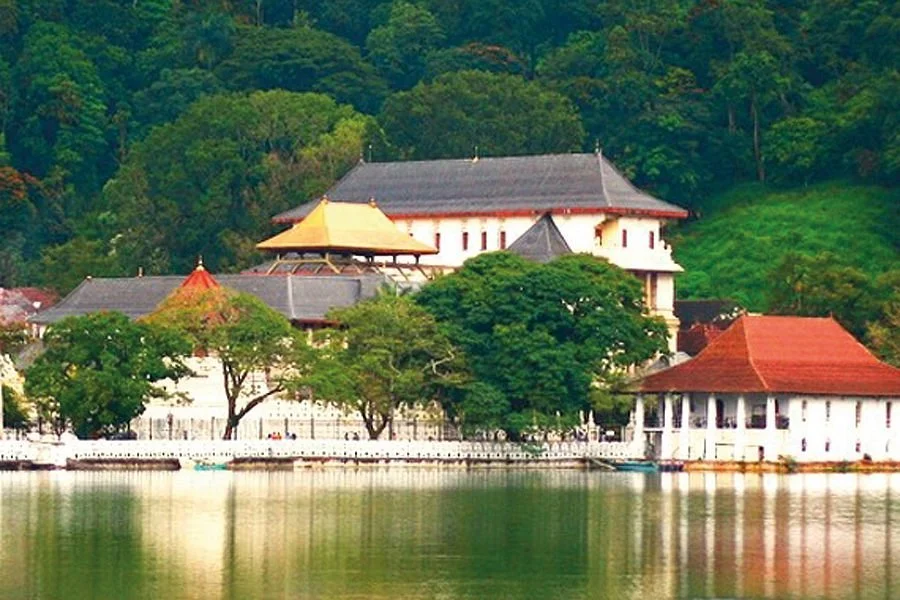
One of the most holy Buddhist pilgrimage destinations in Sri Lanka, the Temple of the Sacred Tooth Relic is also known as Sri Dalada Maligawa. This great temple, which lies right in the center of Kandy, has a cherished relic of the Buddha’s tooth. Features of the architectural wonder that is the temple include peaceful courtyards, exquisite murals, and detailed woodworking.
The great Esala Perahera celebration occurs annually and features colourful processions including elephants, dancers, and traditional drummers. Whether one is here for cultural discovery or spiritual purposes, the temple provides a peaceful and very rewarding environment.
Highlights consist in:
Sacred Relic: View the revered Buddhist tooth relic kept in a gorgeally adorned shrine.
The temple boasts magnificent Kandyan architecture with golden accents and detailed sculptures.
The great yearly Esala Perahera Festival has adorned elephants, dancers, drummers, and customary ceremonies.
Kandy Lake: Take leisurely stroll around the manmade lake with stunning temple views.
Location: Kandy, in Central Province.
How to reach there?
From Colombo, a 3-hour drive or 2.5-hour rail ride.
Pricing:
Foreigners: 10$ USD
Residents: LKR 150
Ideal visiting time:
July and August for Esala Perahera Festival
Early morning or late evening for leisureful discovery.
7. Mirissa and Whale Watching

Mirissa is a gorgeous coastal town well-known for its immaculate beaches and amazing chances for whale-watching. Mirissa, on the southern coast of Sri Lanka, presents one of the best opportunities worldwide for seeing dolphins, sperm whales, and blue whales. Early in the morning, boat trips offer an exciting encounter as visitors see these amazing animals in their natural surroundings.
Apart from whale seeing, Mirissa is well-known for its golden sandy beaches, active nightlife, and excellent cuisine. For both beachgoers and adventure seekers, Mirissa is a must-see because of its relaxed vibe and amazing views of the sea.
Notable highlights:
Head out on a boat trip to view blue whales, sperm whales, and energetic dolphins.
Perfect Beaches: Sunbathing and swimming are best suited on Mirissa’s beautiful sandy beaches.
Fresh fish: Local beachside eateries have some really good, fresh fish.
Mirissa enjoys a vibrant beach nightlife including beachside cafes and restaurants.
Location: Mirissa in Southern Province.
How to get there:
From Colombo, a 2.5-hour journey on Southern Expressway.
By train: Three-hour picturesque coastline train journey to Matara, then a brief tuk-tuk ride.
Pricing:
Whale viewing trip: 30$ to 50$ USD
Ideal Visit Time:
November to April: the busiest whale-watching season
Early dawn boat trips for the best viewing.
8. Nuwara Eliya and Tea Plantations

Often referred to as “Little England,” Nuwara Eliya is a little hill station distinguished by mild climate, rich tea estates, and colonial buildings. Touring operational tea estates like Pedro Tea Estate, visitors can see the complex tea-making process—from leaf plucking to factory processing—right there. Beautiful scenery includes waterfalls, undulating hills, and picturesque lakes all abound in the town. A trip to Nuwara Eliya presents the ideal mix between leisure and cultural discovery.
Key points:
Tea Estate Tours: Discover the conventional tea-making technique by visiting operational tea farms.
Discover breathtaking scenery with peaceful lakes, tumbling waterfalls, and rich hills.
Colonial Architecture: Wander about the lovely town featuring British-inspired buildings and the well-known Nuwara Eliya Golf Course.
Gregory Lake is a calm lake ideal for a slow boat trip or a stroll in the nearby park.
Location: Nuwara Eliya, central province
How to Reach There:
From Colombo, a 5-hour drive or 6-hour picturesque train ride.
Prices:
Tours of Tea Plantations: Free – $10 USD
Ideal Time of Visit:
February through May (ideal time for tea manufacture and weather)
9. Polonnaruwa Ancient City

During the 11th and 13th centuries Polonnaruwa was once the vibrant capital of Sri Lanka. After Anuradhapura fell, it became the capital and stayed a major political and cultural hub until its demise as well. The city was painstakingly designed with forward-looking, ahead of its time reservoirs, roadways, and irrigation systems. Today, the remnants of Polonnaruwa offer a remarkable window into the mediaeval past of Sri Lanka and bear witness to the historical creativity of the nation.
Combining religious, royal, and public buildings, the archeological site provides a window into the way of life of the people in this golden age. The city is well-preserved, and many of its famous landmarks—including the Gal Vihara, Royal Palace, and Vatadage—continue to inspire wonder.
Main attractions in Polonnaruwa are the Lankatilaka Temple, the Parakrama Samudra reservoir, and the massive stupa known as Rankoth Vehera. Visitors can learn about the city’s significance in Sri Lanka’s history by exploring the temples, ruins, and breathtaking Buddhist sculptures among the vast expanse of historical monuments scattered across the city.
One of the most significant UNESCO World Heritage Sites in Sri Lanka, visiting Polonnaruwa offers an immersive historical experience with well-preserved ruins dispersed over large swathes.
Highlights include:
Four amazing Buddha sculptures—including one large reclining Buddha—make up the temple complex Gal Vihara (Rock Temple), carved out of the rock.
Royal Palace: Polonnaruwa’s royal architecture and planning are on evidence in the remnants of once-grand palace.
Parakrama Samudra: Reflecting the sophisticated hydraulic engineering of ancient Sri Lanka, this vast reservoir shows
Surrounded by finely carved stone pillars, a wonderfully round building designed to contain holy relics.
Location: Polonnaruwa 150 kilometres from Kandy and 216km north of Colombo in North Central Province of Sri Lanka.
How one might reach?
Driving from Colombo via the A1 road takes four to five hours.
About 45 minutes, you can ride from Colombo to Polonnaruwa by train to the closest station, Gal Oya, then hail a taxi into the city.
Regularly reaching Polonnaruwa are buses from Colombo, Kandy, and other locations.
Best Time to Visit:
The best time to visit Polonnaruwa is between May and September, when the drier weather is expected. Steer clear of the monsoon (October to January) since the ruins could prove challenging to negotiate.
Entry Fees and Prices:
Adults: LKR 3,000.
Children: LKR 1,500.
Local Sri Lankans: LKR 500–800 for admission to the principal archeological sites.
10. Adam’s Peak (Sri Pada)

One of Sri Lanka’s most important and revered mountains, Adam’s Peak is also known as Sri Pada, meaning “Sacred Footprint.” Rising 2,243 meters, this mountain in the Central Highlands ranks fifth on the island. It is well-known for its distinctive “sacred footprint,” which many religious groups have been valuing for millennia at the peak. While Christians and Muslims consider it as the footprint of Adam, his first step on earth, Buddhists believe it to be the footprint of the Buddha, Hindus assign it to Lord Shiva.
Trekking to the summit for millennia, pilgrims have been on a major spiritual trip. Usually starting early in the morning, particularly during the pilgrimage season (December to May), the walk is done to catch the amazing sunrise from the peak. From the peak, the panoramic views call for large valleys, deep forests, and far-off mountains.
The Trek: Over 5,000 steps—about 4-6 hours of trekking—make up the physically taxing climb to the summit. Nightly illumination of the steps helps the thousands of pilgrims traveling in darkness to reach the top by morning. The environment is calm; the sound of temple bells accompanies the climb.
The highlight of the journey is the holy footprint at the top; many pilgrims stop to pray before seeing the amazing vistas of the surroundings at daybreak.
A legendary footprint at the summit drawing pilgrims from all around the world.
Particularly in early morning, the top offers breathtaking panoramic views as the sun rises over the neighbouring mountains and valleys.
The journey is a significant spiritual exercise bringing people from different religions to interact with their beliefs.
Along with a demanding climb, visiting Adam’s Peak offers a great spiritual experience that reveals the mountain’s great cultural and religious value.
Location: Adam’s Peak lies in the Sabaragamuwa Province of the Central Highlands of Sri Lanka. Rising 2,243 meters (7,360 feet) above sea level, the mountain is
How one can reach:
By Car: From Colombo, you can travel 4 to 5 hours to Dalhousie, the base town of Adam’s Peak. The path starts from Dalhousie.
The closest train station is Nawalapitiya, some 32km from Dalhousie; a bus or taxi will get you there.
By Bus: Dalhousie is easily reached from Colombo, Kandy, or Hatton.
Best Time to Go:
The most often visited month is April; the main pilgrimage season runs from December to May. These months are the greatest for the weather since they provide perfect trekking conditions and clear views of the surroundings.
Pricing & Entry Fees:
Entrance Fee: Local officials may levy a little fee for some services or conveniences; there is no set entrance price.
Depending on the group size, a guide could cost LKR 2,000–3,000 more.
11. Bentota Beach and Water Sports
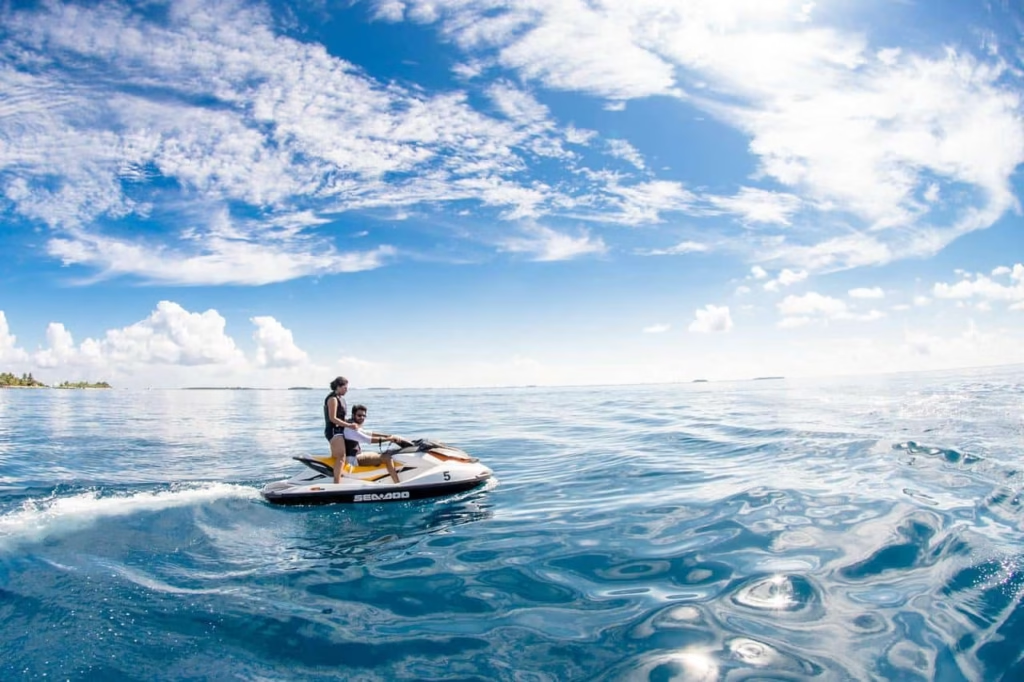
Bentota is a tropical paradise along the southwest coast of Sri Lanka that provides guests with the ideal mix of stunning beaches and intense water sports activities. Renowned for its immaculate beaches, gentle waves, and luxury resorts, the town is a sought-after location for adventure as well as leisure.
Bentota’s calm and safe waves help to make its water sports famous as well. With a choice of sports including jet skiing, windsurfing, snorkelling, scuba diving, and boat trips down the Bentota River, the location is perfect for both novice and experienced adventurers. Renowned for its rich wildlife—including vibrant birds, monkeys, and reptiles—the river itself is a lovely site for boat excursions.
Visitors to the neighbouring Kosgoda Turtle Hatchery can see sea turtles at several phases of their life cycle, therefore providing an opportunity to see efforts at sea turtle preservation.
Bentota is also a great place for a laid-back but busy vacation since it presents a vivid gastronomic scene with seafood delights presented in beachside eateries.
Bentota Beach is a lengthy length of golden sand perfect for swimming, tanning, or simple lounging.
Bentota is a centre for several water sports like jet skiing, windsurfing, parasailing, and scuba diving on its clean seas.
Discover the calm river on a boat ride where you may see native fauna and take in the surrounding natural splendour. The Bentota River Boat Ride, the amazing Kosgoda Turtle Hatchery allows visitors to learn about and view initiatives for turtle protection.
Bentota boasts some of Sri Lanka’s most opulent beach resorts, providing spas, gourmet restaurants, and beachfront villas among other conveniences.
Bentota offers something for everyone, from exciting water activities to a leisurely day on the shore to a study of the local customs. For those looking for both leisure and thrills, this is the perfect place because of the adventure, unspoiled beauty, and reasonably priced lodging.
Location: Bentota lies around 65km south of Colombo on Sri Lanka’s southwest coast.
How one might reach?
From Colombo to Bentota, along Galle Road (A2), a car trip takes 1.5–2 hours.
Trains from Colombo (Southern Line) are regular and the Bentota Railway Station is just a few kilometers from the beach.
Many busses from Colombo and Galle head for Bentota.
Ideal Time of Visit:
Bentota is best visited between November and April when the sea calm supports water sports activities and the weather is dry.
The monsoon season (May to October) limits water sport possibilities by bringing strong rain and turbulent waves.
Water Sport and Activities:
Jet skiing: Take 15 to 20 minute rides on the waves (LKR 3,000–5,000).
The gentle waves make Bentota perfect for windsurfing and kitesurfing (LKR 4,000–7,000 hourly).
Explore the coral reefs by snorkelling and diving from LKR 5,000–8,000.
Perfect for bird viewing and leisure, a calm boat ride on the Bentota River will let you relax (LKR 3,000-5,000).
Water sports are best enjoyed from November to March, when the sea is calm and the temperature is warm.
From modest guesthouses to opulent resorts like Cinnamon Bentota Beach and Vivanta by Taj Bentota, Bentota offers a broad spectrum of lodging choices.














